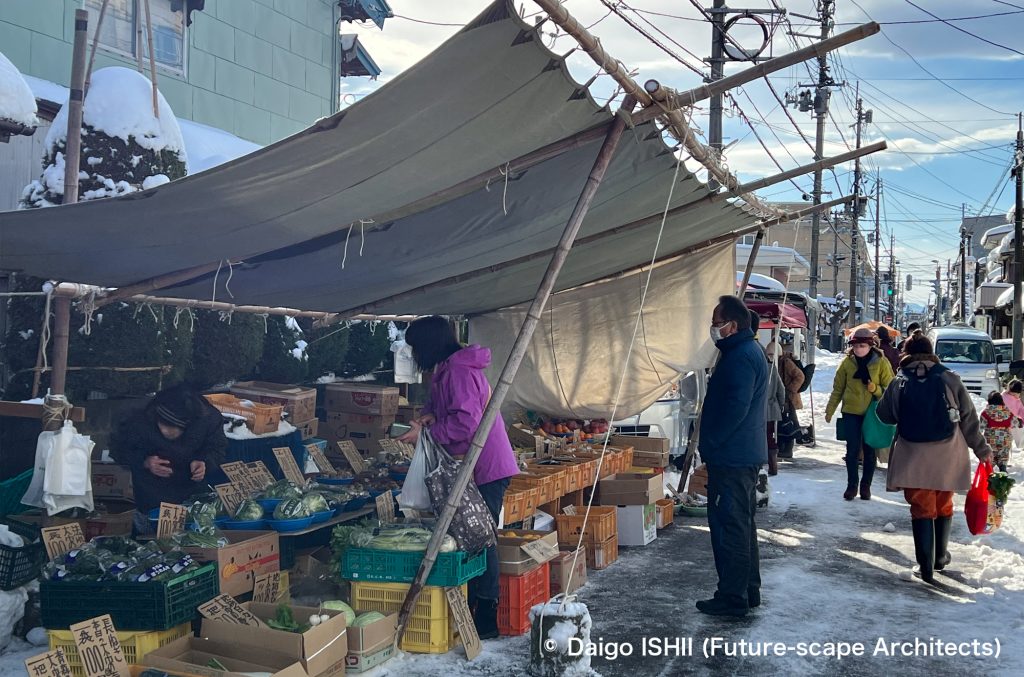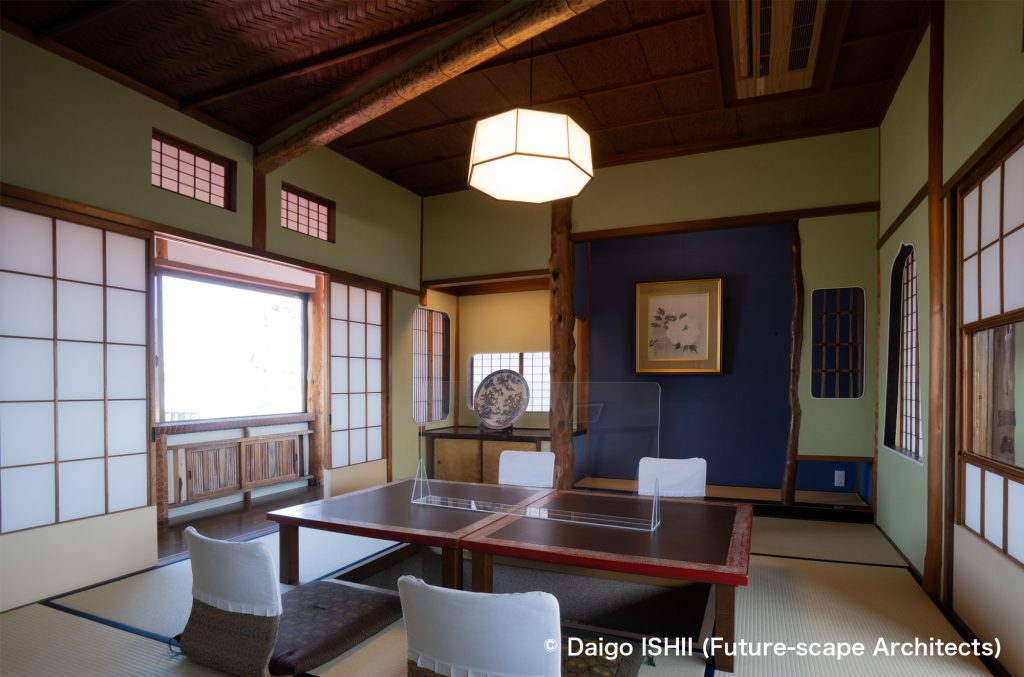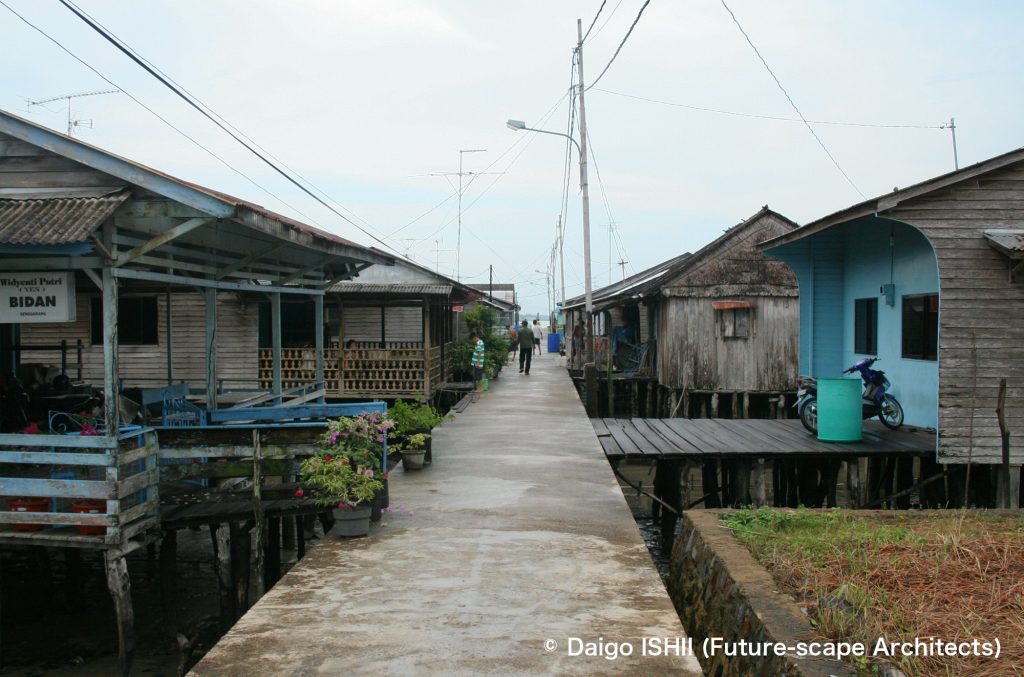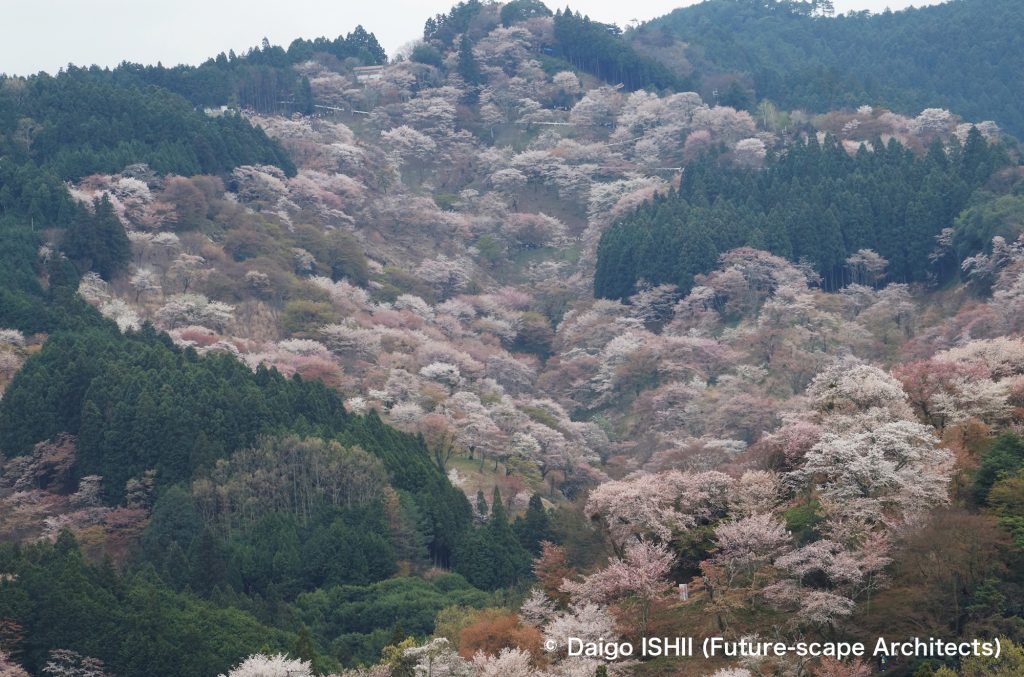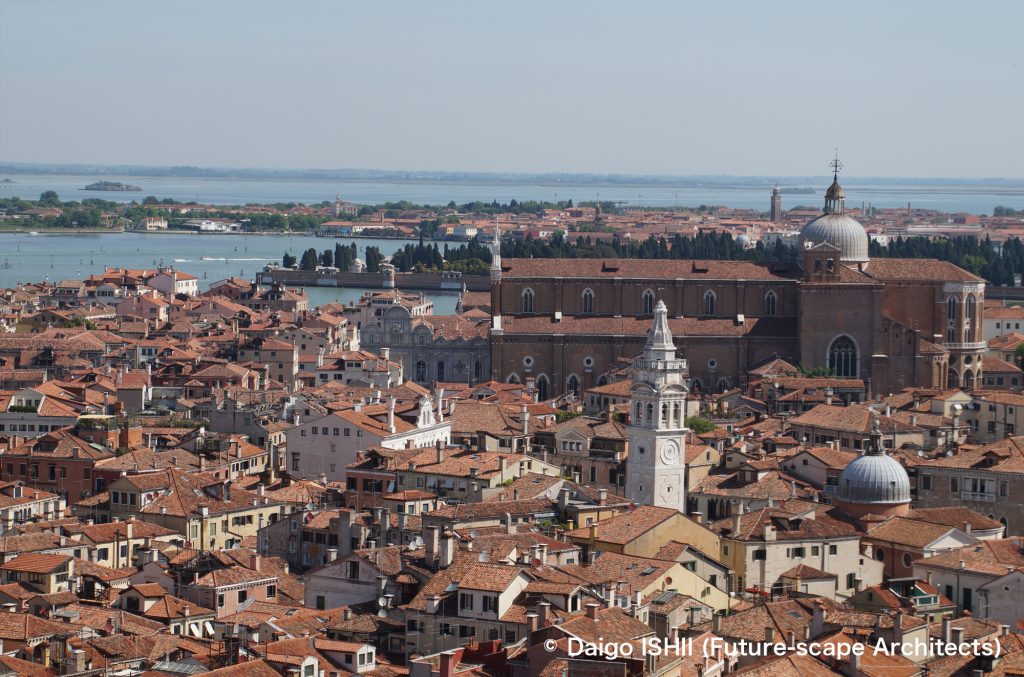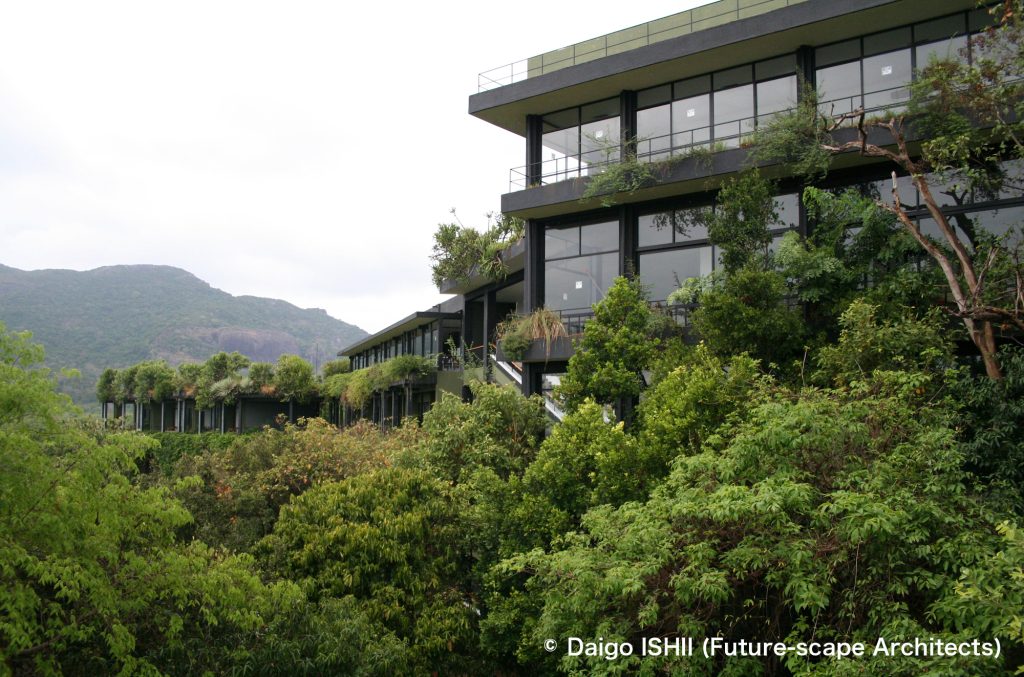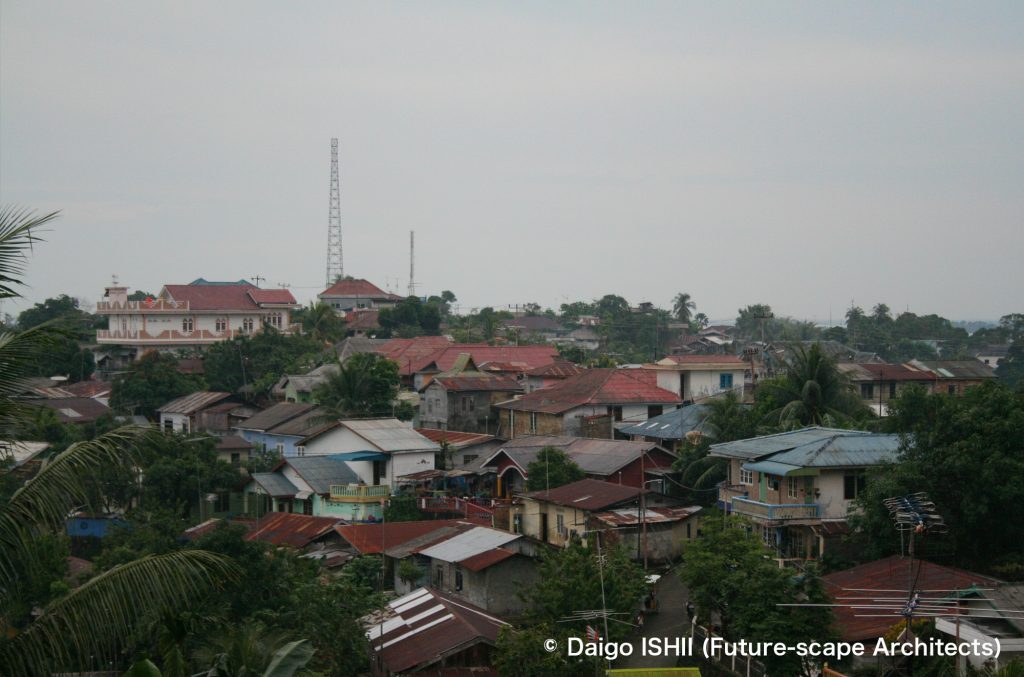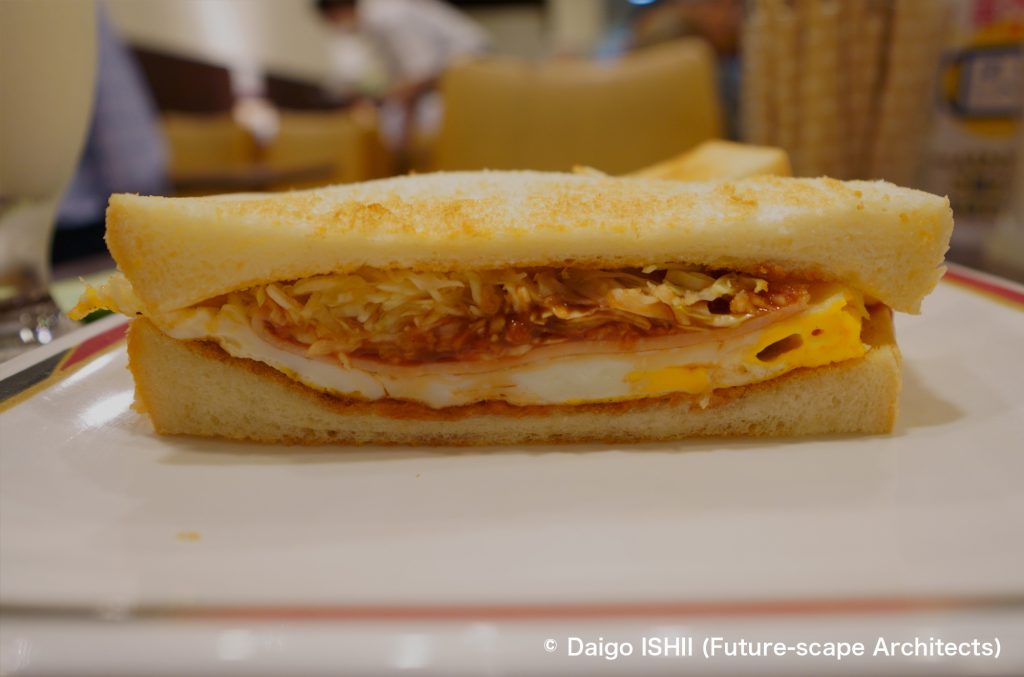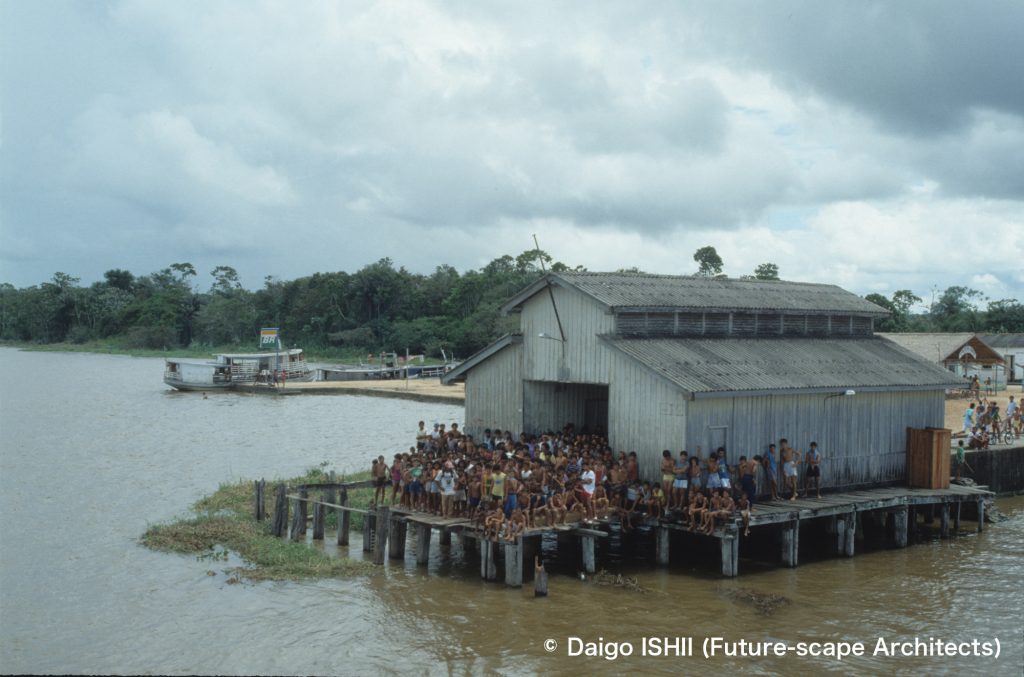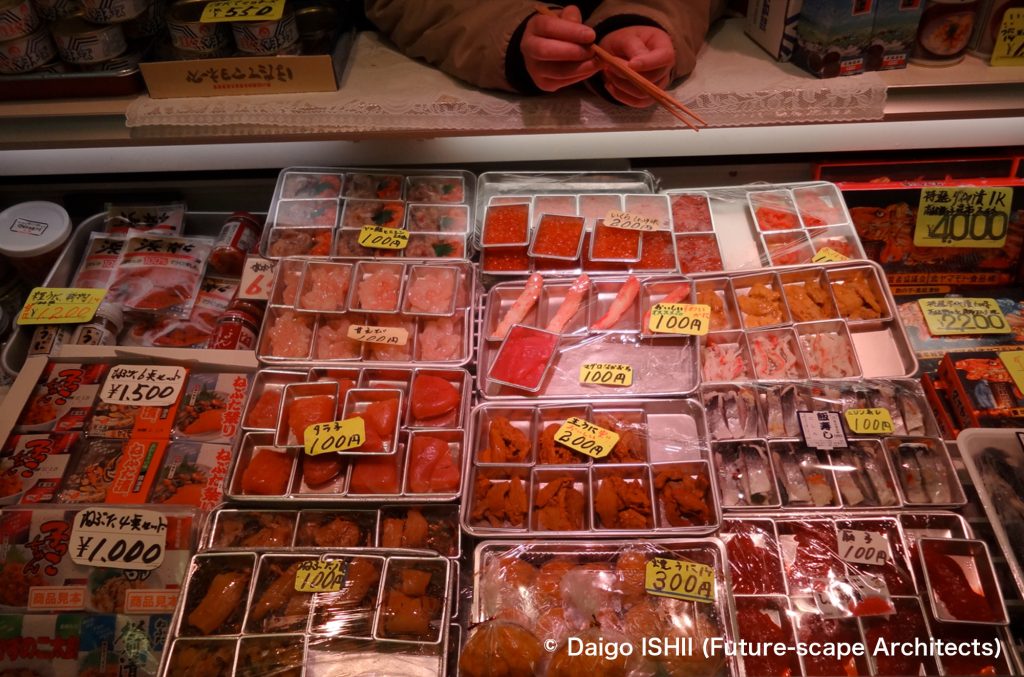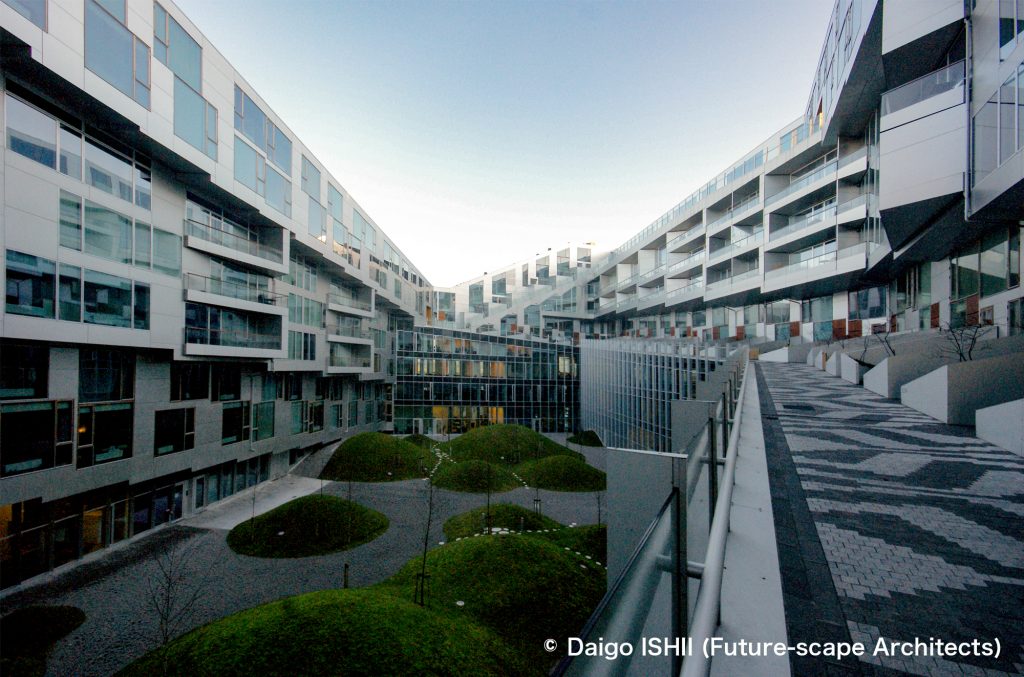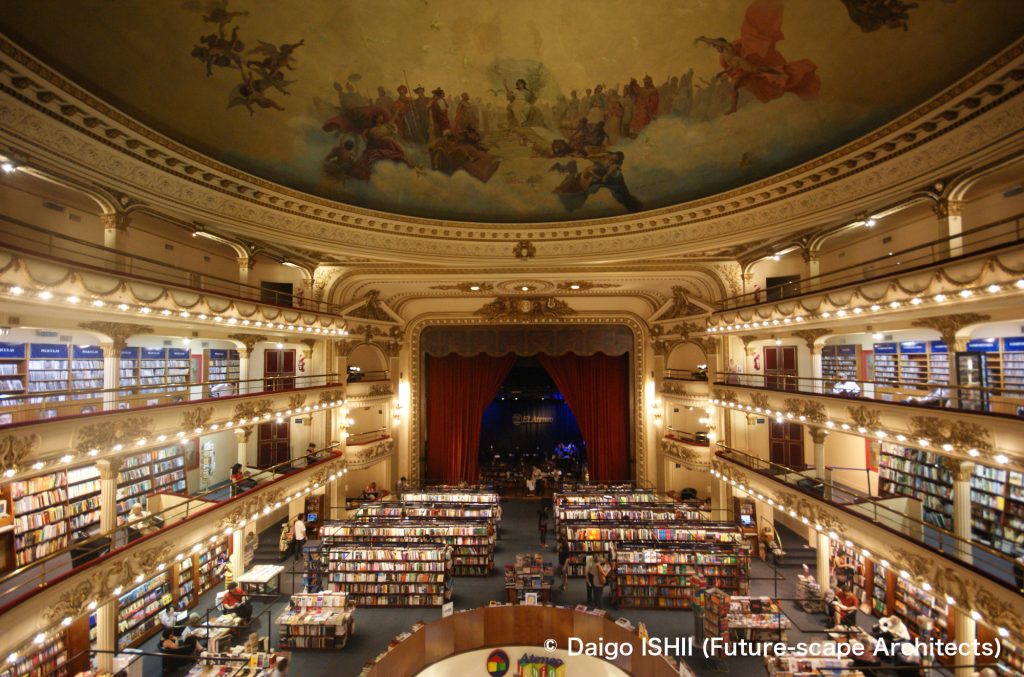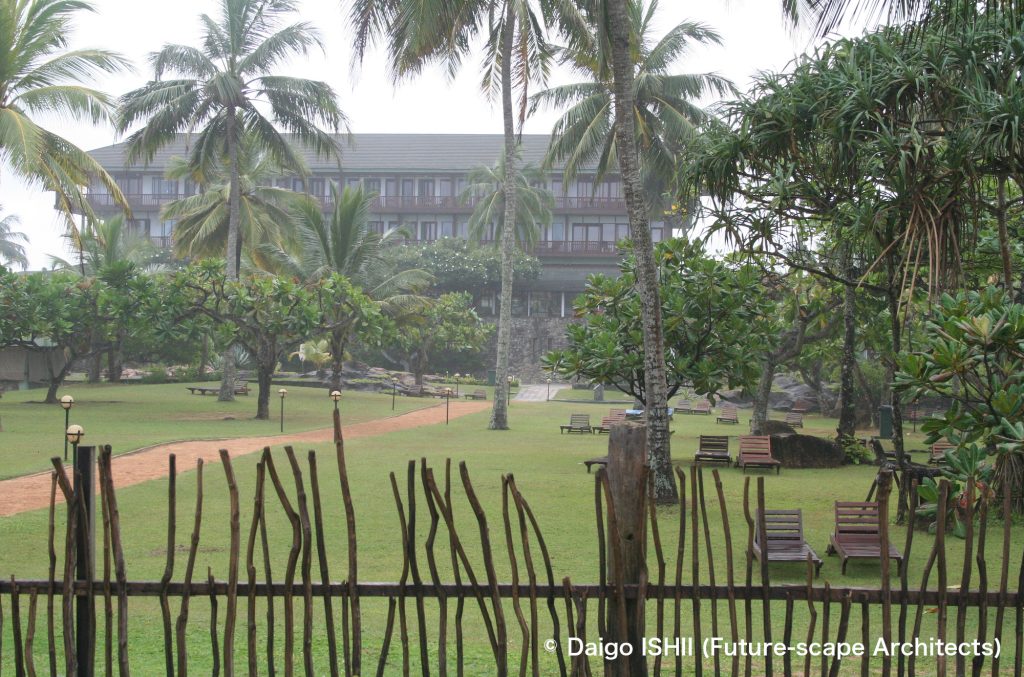In addition to Gangi, Takada has other attractive architectures as well. But, since they are miscellaneous, they are not easy to become a tourist attraction. One of them is Joko-ji Temple in the temple district.
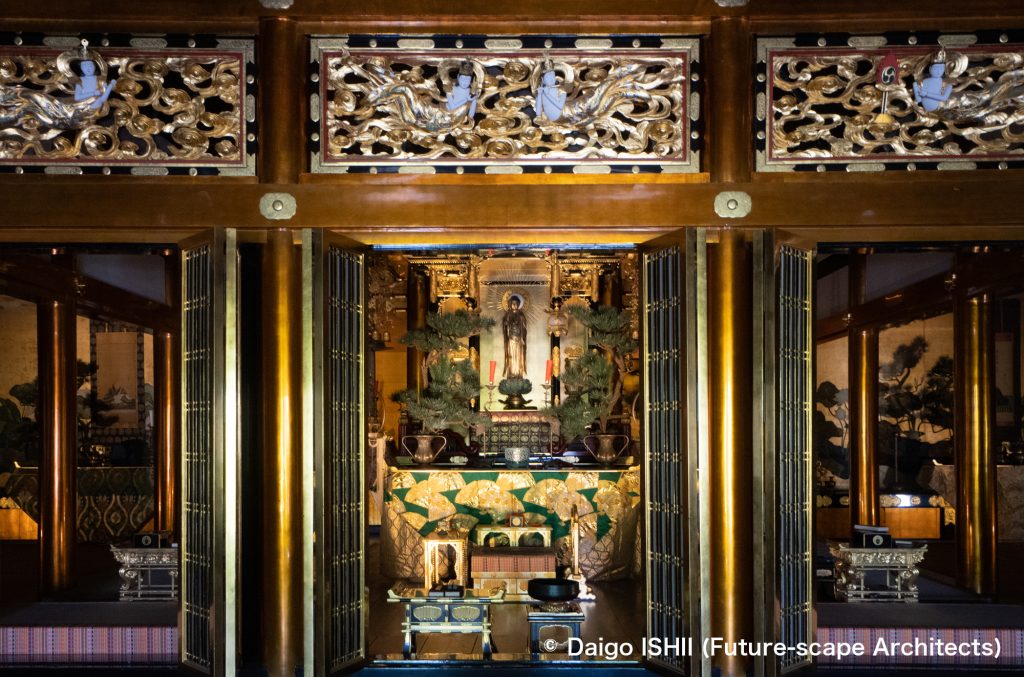
Joko-ji temple is a historic temple that Shinran, the famous religious leader, founded in 1224. It enshrined his crown bones, and his ashes were dispersed from here to East and West Hongan-ji temples representing Kyoto. Most buildings were destroyed in a great fire in 1915, leaving only the main hall designated as a national important cultural property, and Shinran Shonin Honbyo mausoleum, which houses Shinran's crest bones. I visited without expecting anything. However, the contrast between the three buildings, including the chapel rebuilt after the great fire, was plain but wonderful.
The main hall is the largest temple building in Niigata prefecture. It reproduces the paradise of the Amida Sutra. In the center of the dark interior space called the Gezin (outer sanctuary), the dazzling Naijin (inner sanctuary) decorated with gold leaf and red lacquer applied on silver leaf existed. The Naijin was a divine place as if paradise has appeared from the darkness in the interior which was closed from the outside world and where the change of time has disappeared. I would like to call it the Golden Hall in Niigata prefecture for the famous Golden Hall in Iwate prefecture.
The worship hall is in the middle of the corridor that connects the main hall and the temple kitchen. It faces Shinran Shonin Honbyo mausoleum and is a place to worship it. The roof of the corridor is used as eaves of the mausoleum, and four sides of the prayer space of 2 square meters are glass-enclosed. It is a warm place to pray.
”The light of salvation in the darkness” and ”the light to be enveloped in the brightness”. ”A space that separates the inside and the outside” and ”a space that does not separate the inside and the outside”. ”A space in eternal time” and ”a space sensitive to the changing seasons and time”. Opposite existences are adjacent. That seems to express the diversity of the world. It was a place of prayer, which I had never seen before in any of the temples.
Main Hall
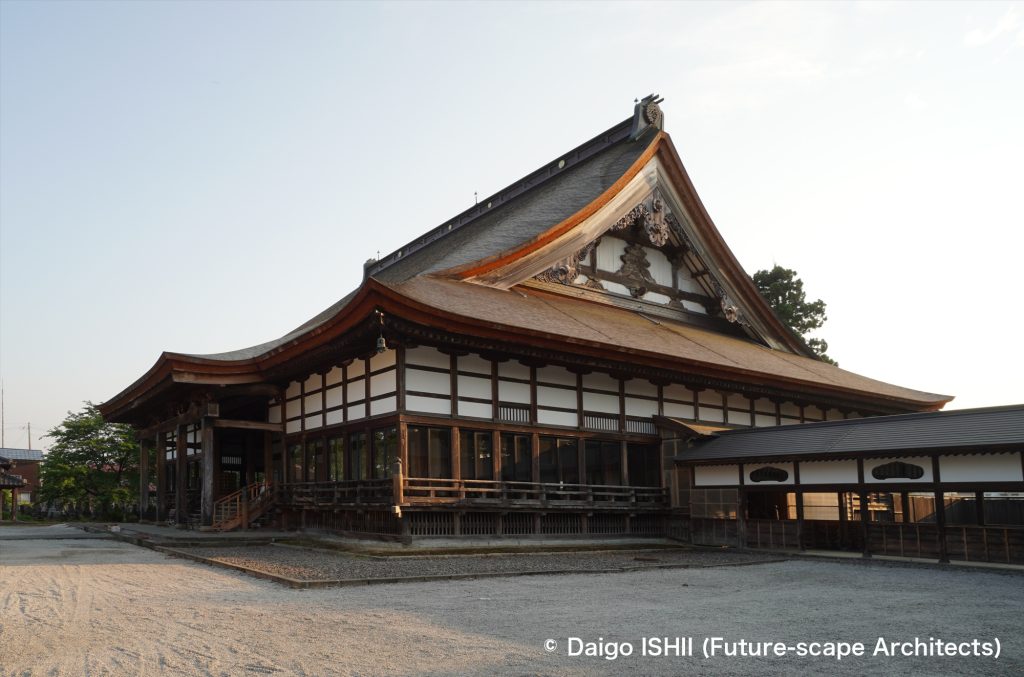
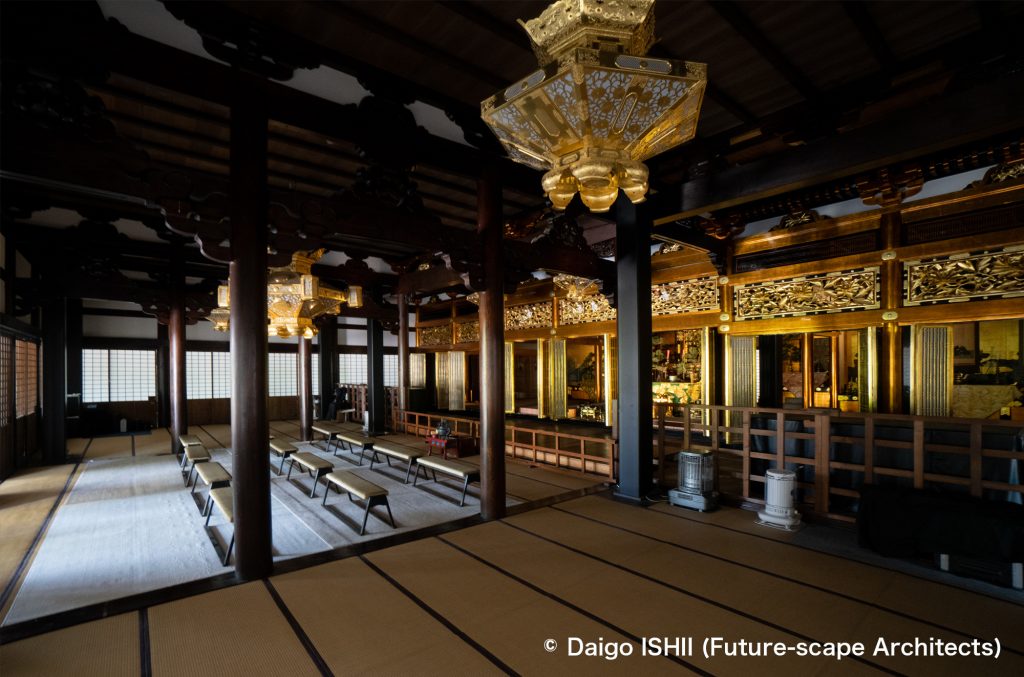

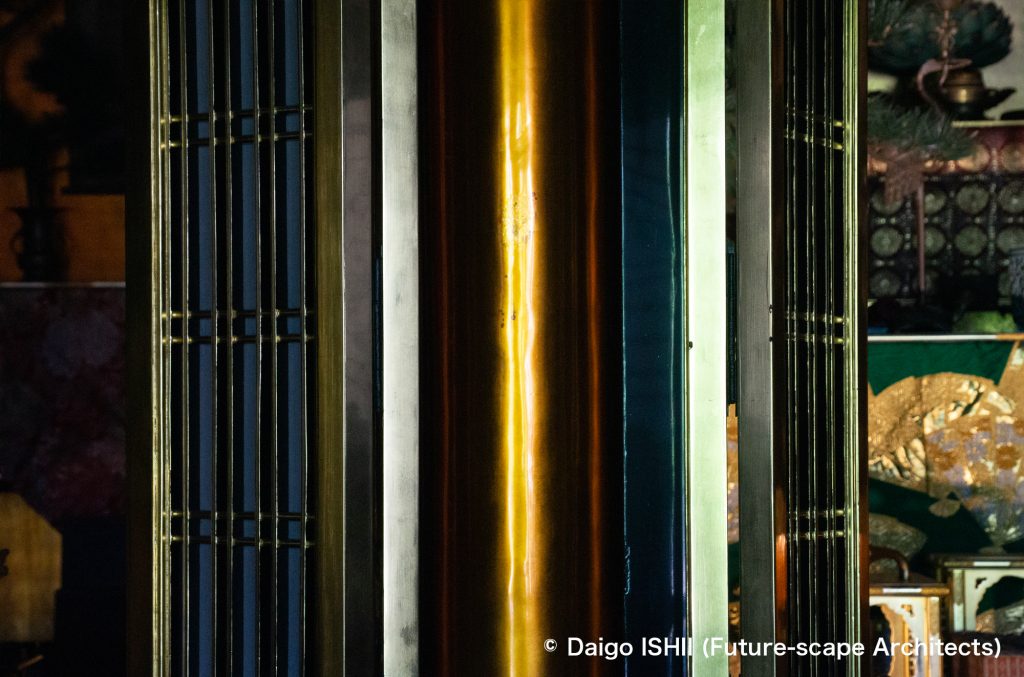
Shinran Shonin Honbyo Mausoleum
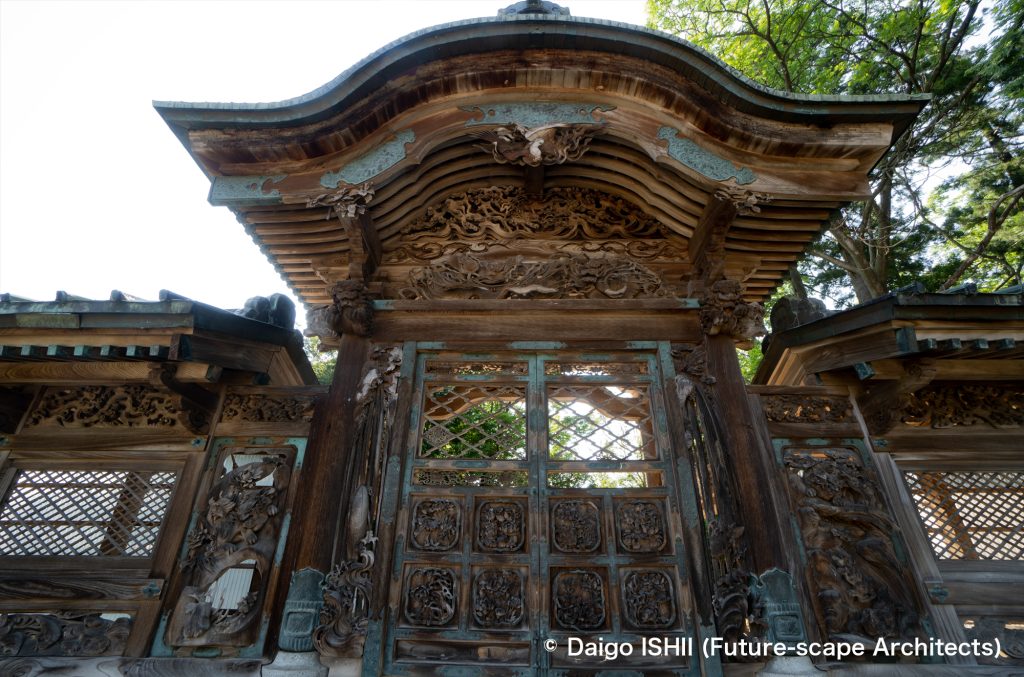
Worship Hall
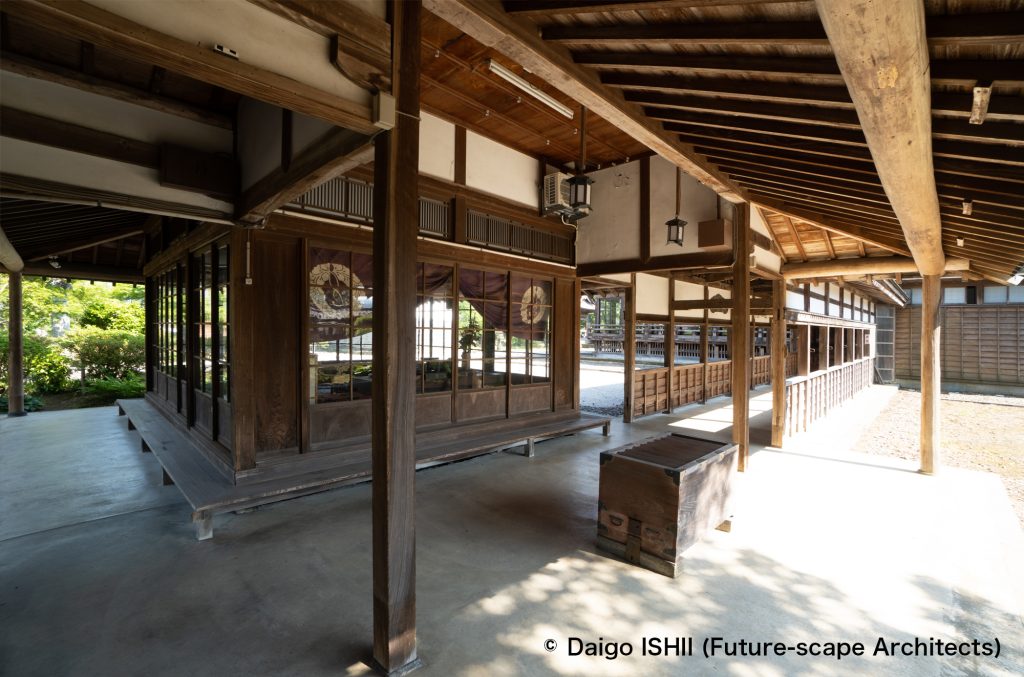
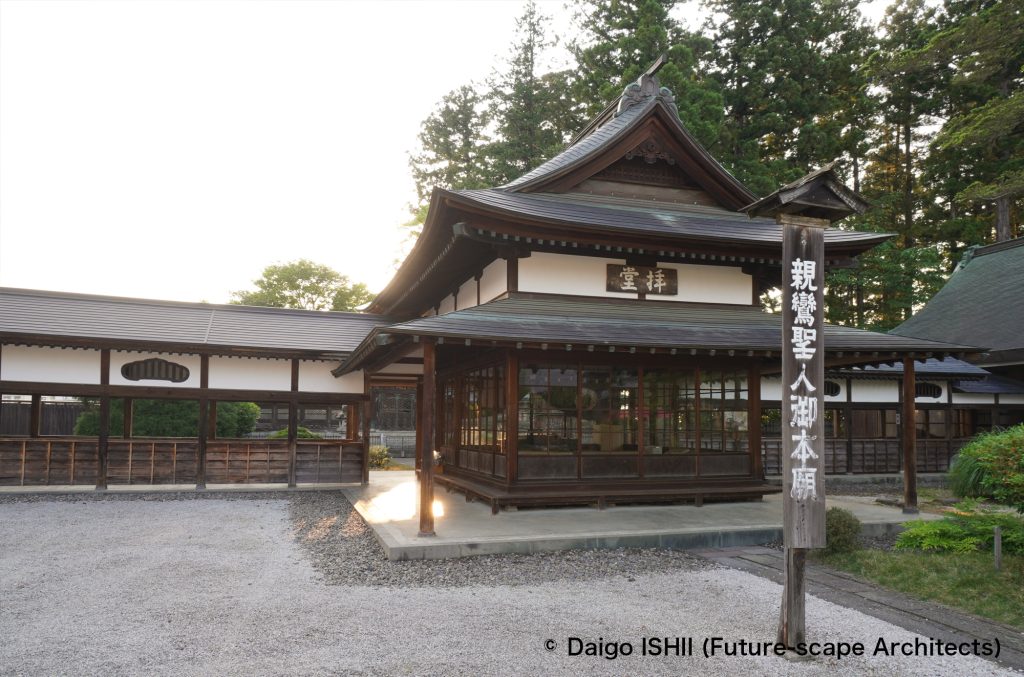
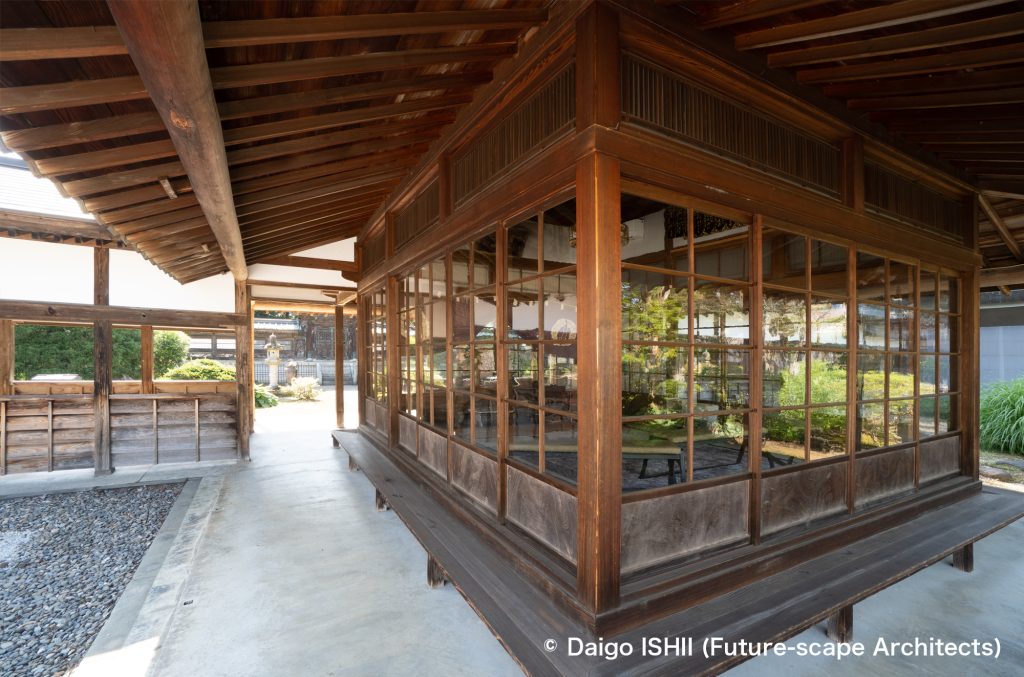
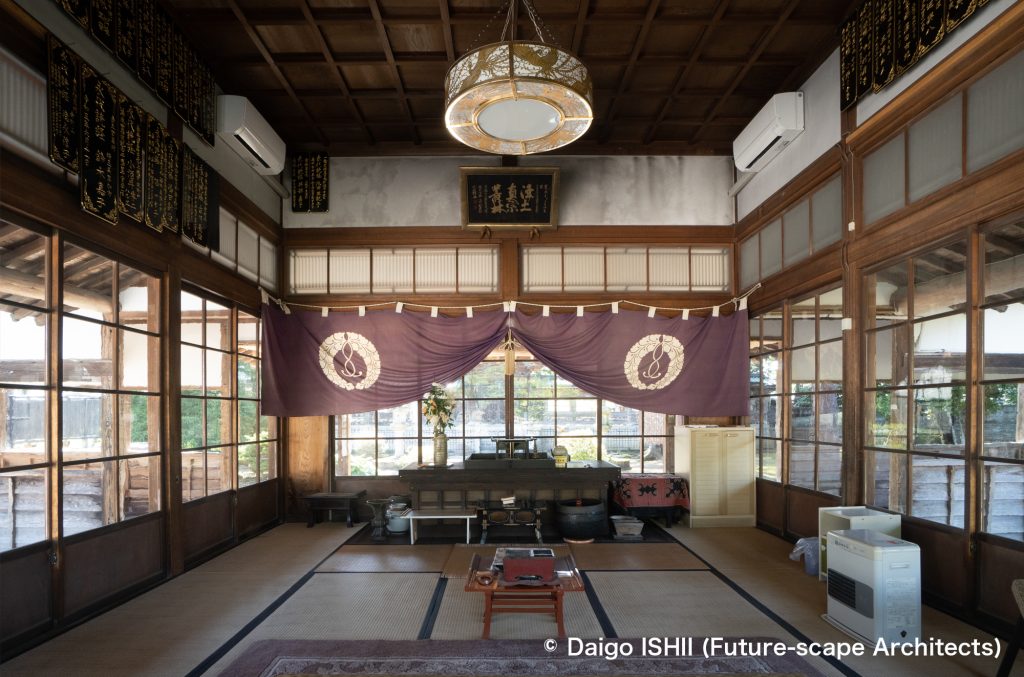
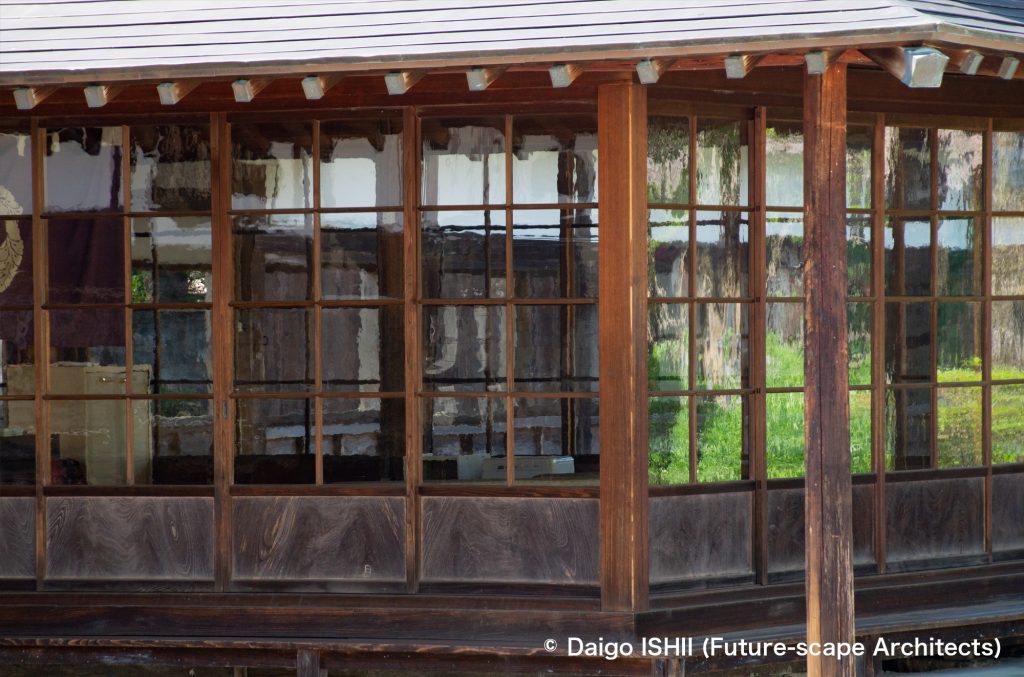
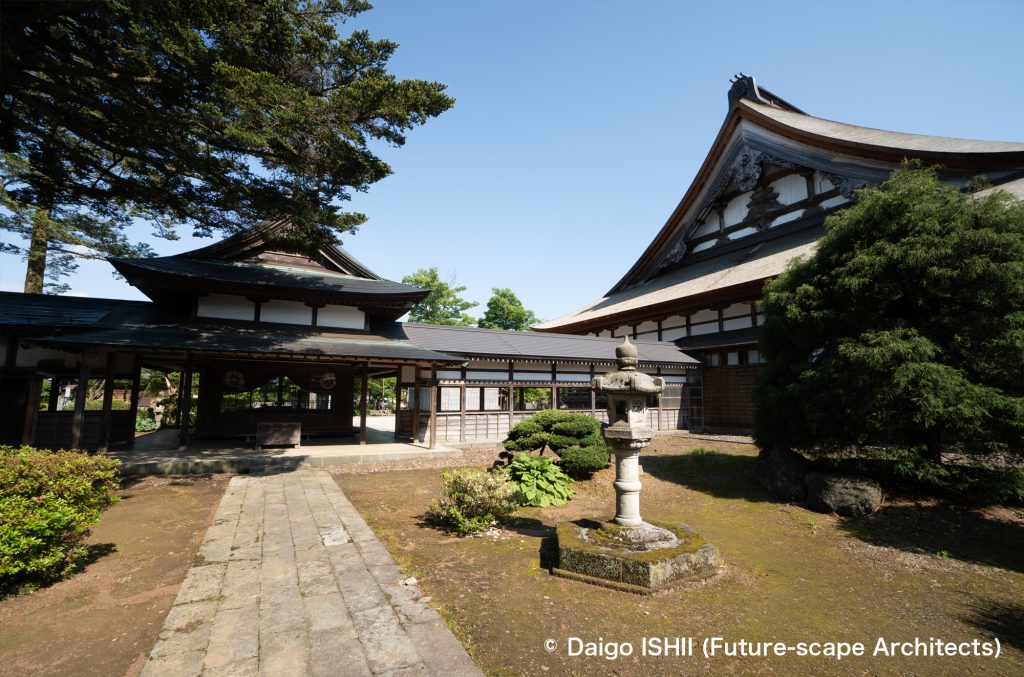
ご感想はこちらへ / Click here for your impressions
reference
Wikipedia
Please do not use or upload our photos without permission.




